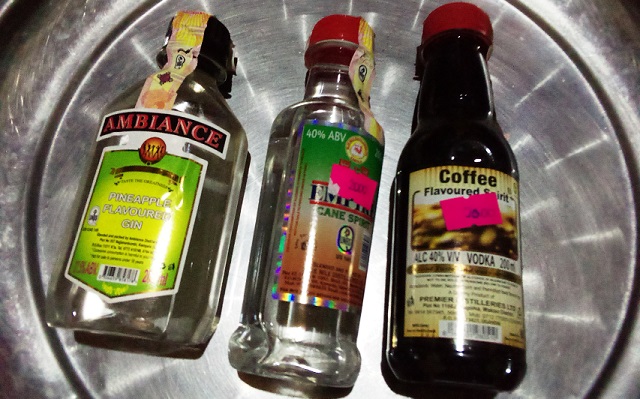
Kampala, Uganda | THE INDEPENDENT | Local gin prices are among the consumer product prices that have been the main drivers of lowering the rate at which prices increased in Uganda in 12 months ending 30th June.
The consumer price indices and inflation report for the period as released by the Uganda Bureau of Statistics- UBOS indicates that the country’s annual headline inflation rate is at 4.9 percent, lower than the 6.2 percent recorded in the year ending May.
While releasing the report, Aliziki Lubega, the UBOS director for economics statistics, pointed out that this slowdown was largely driven by the decline in the prices of the other goods category, which include Waragi (local gin), maize and cassava flour, and rice.
According to the report, the local gin inflation rate reduced to 0.4 percent, lower than the 10.4 it had in May, maize flour reduced to 20.9, from 28.0, rice is at 31.7, down from 35.3 percent, and cassava flour is 34.6 lower than the 35.3 it had last year ending May 2023.
Lubega said that generally, almost every consumer product, registered a slowdown in its inflation rates, with some even descending to the negative, like that of the transport services.
“The other driver of the slow down in the inflation was the food crops and related items that registered 12.3 percent compared to 15.7 last year, and within it, beans had 34.0 from 46.3, sweet potatoes registered -1.0, down from 15.9, and tomatoes had – 32.6 from -26.2” Lubega explained.
The report also establishes that these rates have been evidenced at the average retail prices of several items.
According to the report, a kilogram of bar soap has an average price of 6,141 shillings across the nation, down from 6,555 in the same period last year, a liter of petrol is at 5,024 lower than 5,857, and diesel goes for 4,862 against 5,795 shillings last year.
From the geographical annual headline and analysis, at 7.3 percent, Arua had the highest inflation rate in the country, and this was driven by the insurance and financial services inflation, and also the personal care, social protection, and miscellaneous goods inflation that stood at 3.8 and 13.8 respectively.
Arua is followed by Fort Portal, with an average of 6.3 percent, and here the main drivers were the restaurants and accommodation services prices, whose rate of increment was 8.5 percent against the 7.1 percent for last month.
Jinja had the slowest inflation rate in the country, and it registered 3.4 percent, compared to 6.6 per cent last month, and the was driven by the foods and nonalcoholic beverages rate which stood at 3.3, lower than the 9.7 per cent in May, and also the alcoholic, Tobacco and Narcotics inflation which stood at 0.7 per cent compared to the 6.9 percent that was registered last month.
Meanwhile, as most of the items indicated a slowdown in the inflation rates, there was an increase in the rate of prices of commodities under the insurance and financial services sector, restaurants and accommodations, as well as health and education services.
“Insurance and financial services inflation was registered at 4.3 percent, compared to 4.0 percent for last year, that for restaurants and accommodation was registered at 5.7 percent, against 5.4, health had 2.9 against 2.8, and education services registered at 7.5 against 7.3 in the year ending May 2023,” the report highlights.
*****
URN
 The Independent Uganda: You get the Truth we Pay the Price
The Independent Uganda: You get the Truth we Pay the Price


